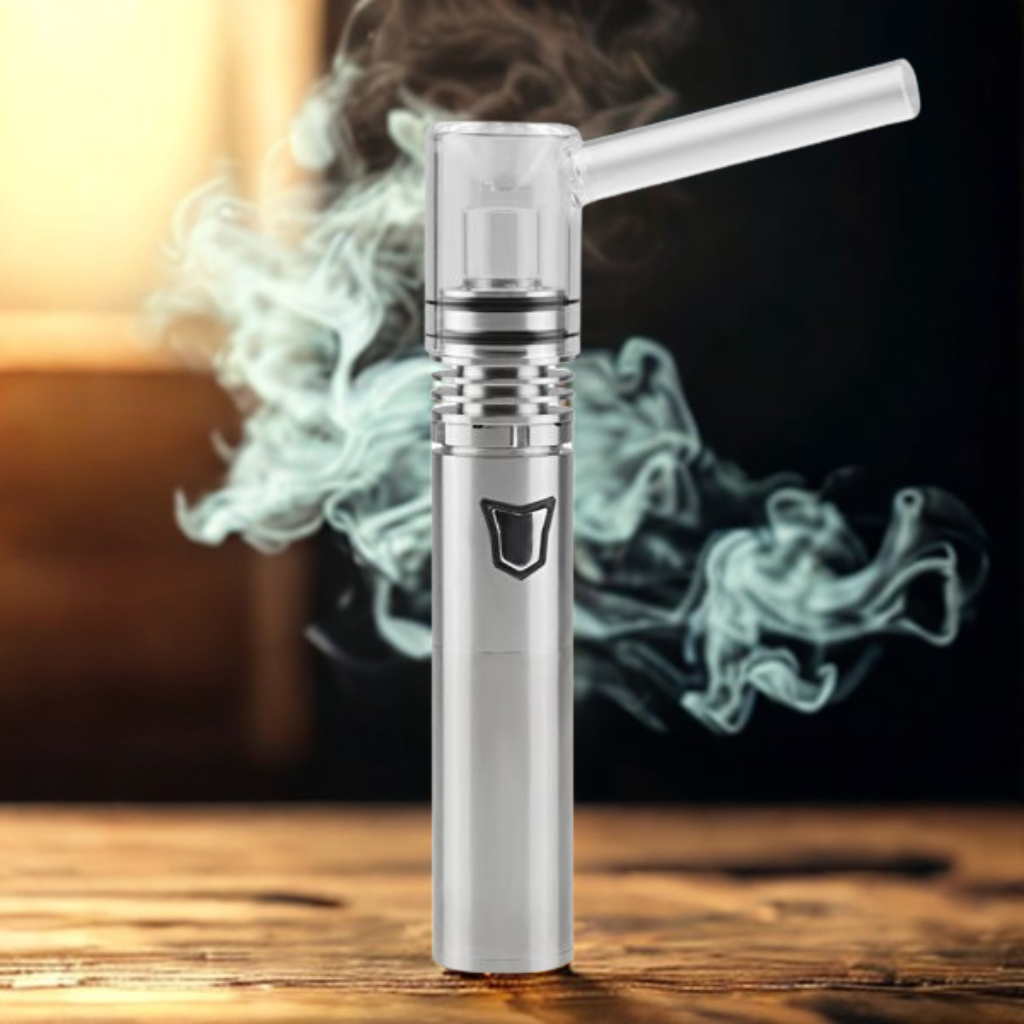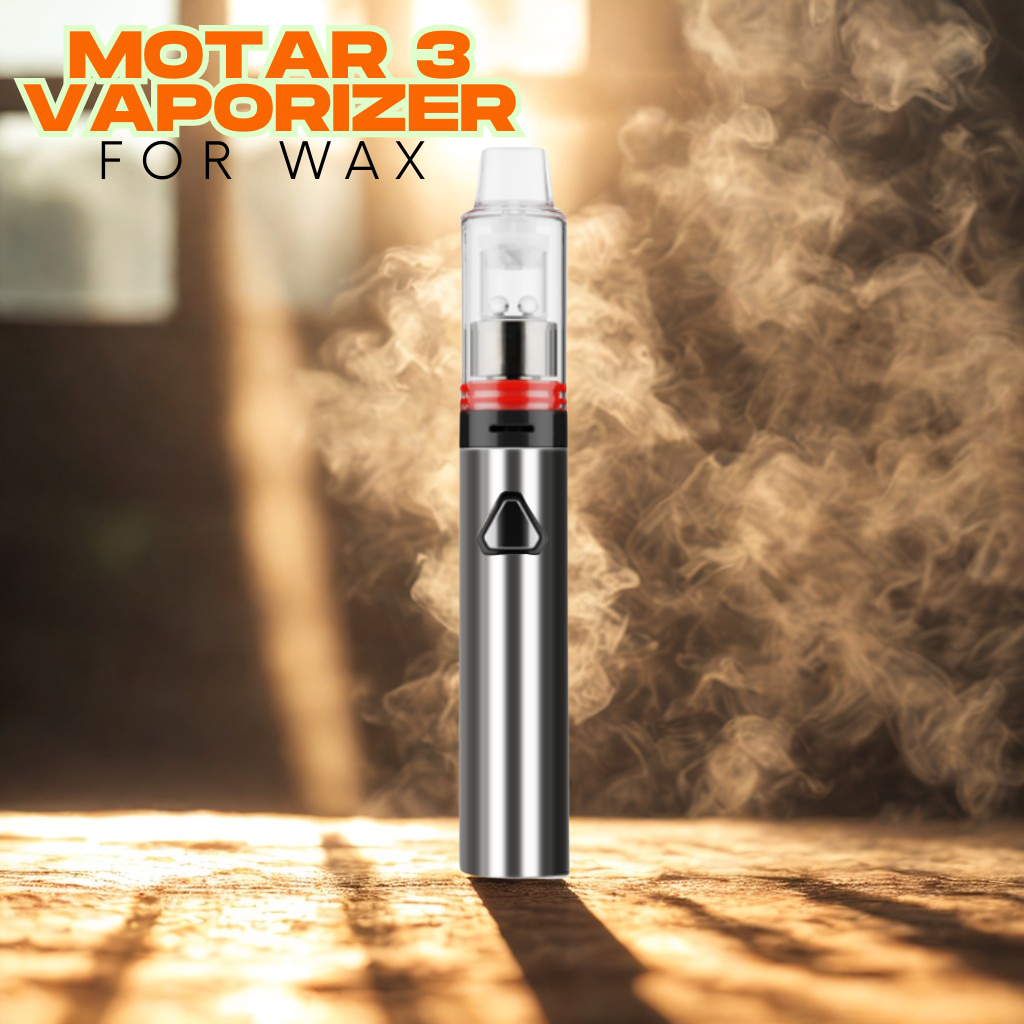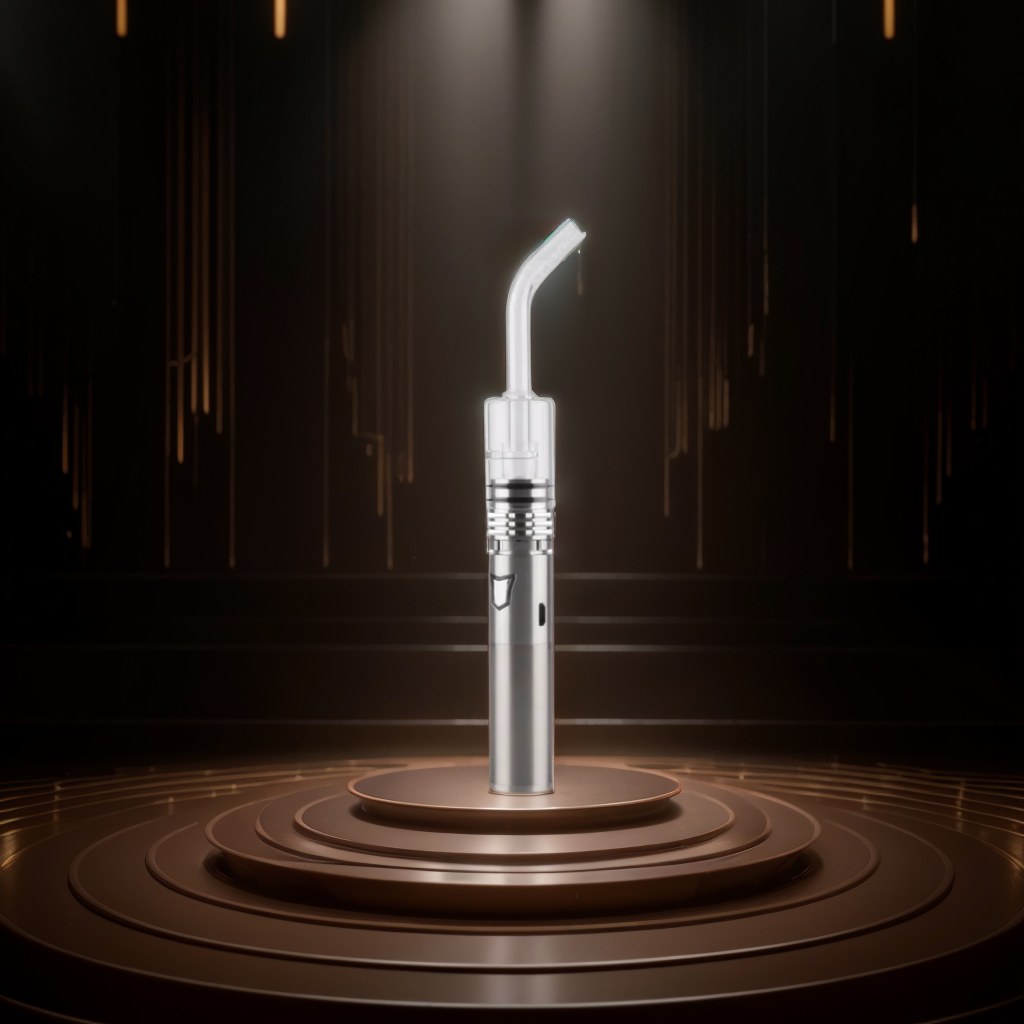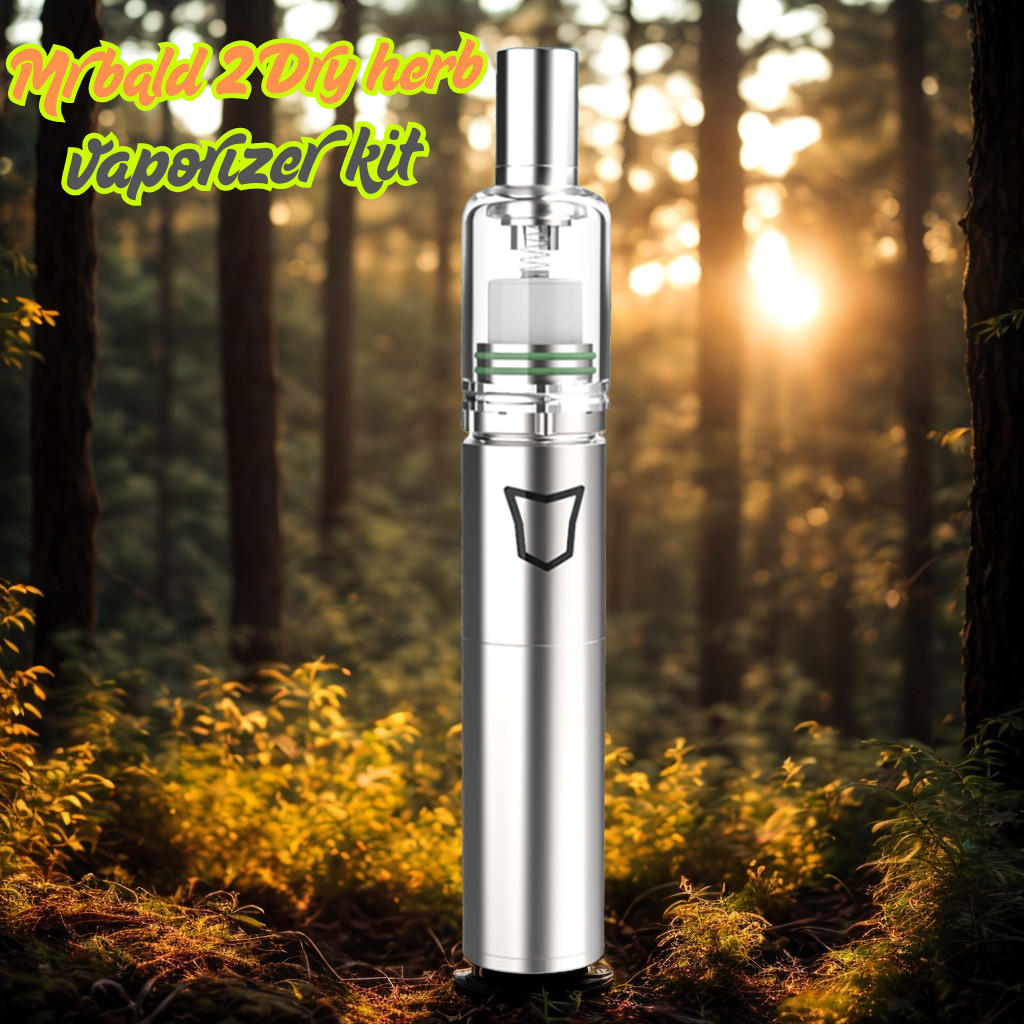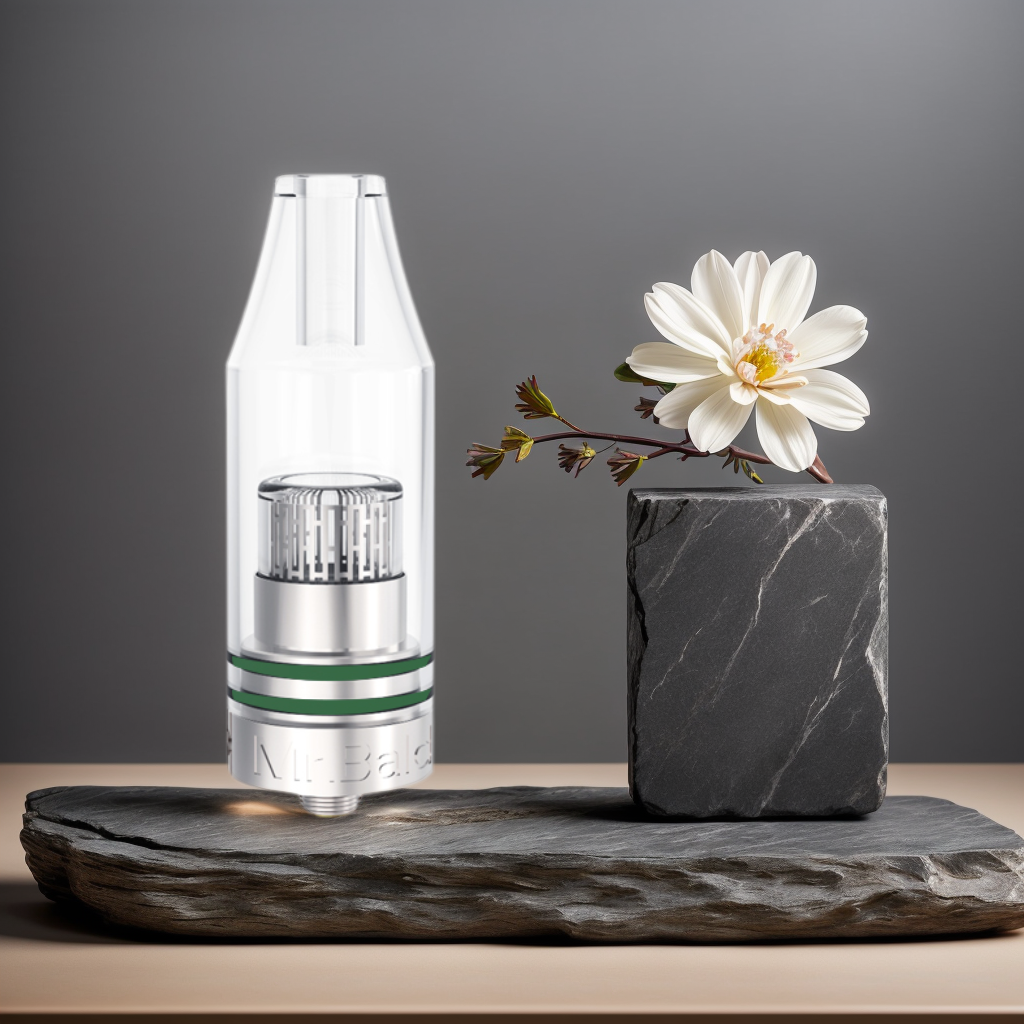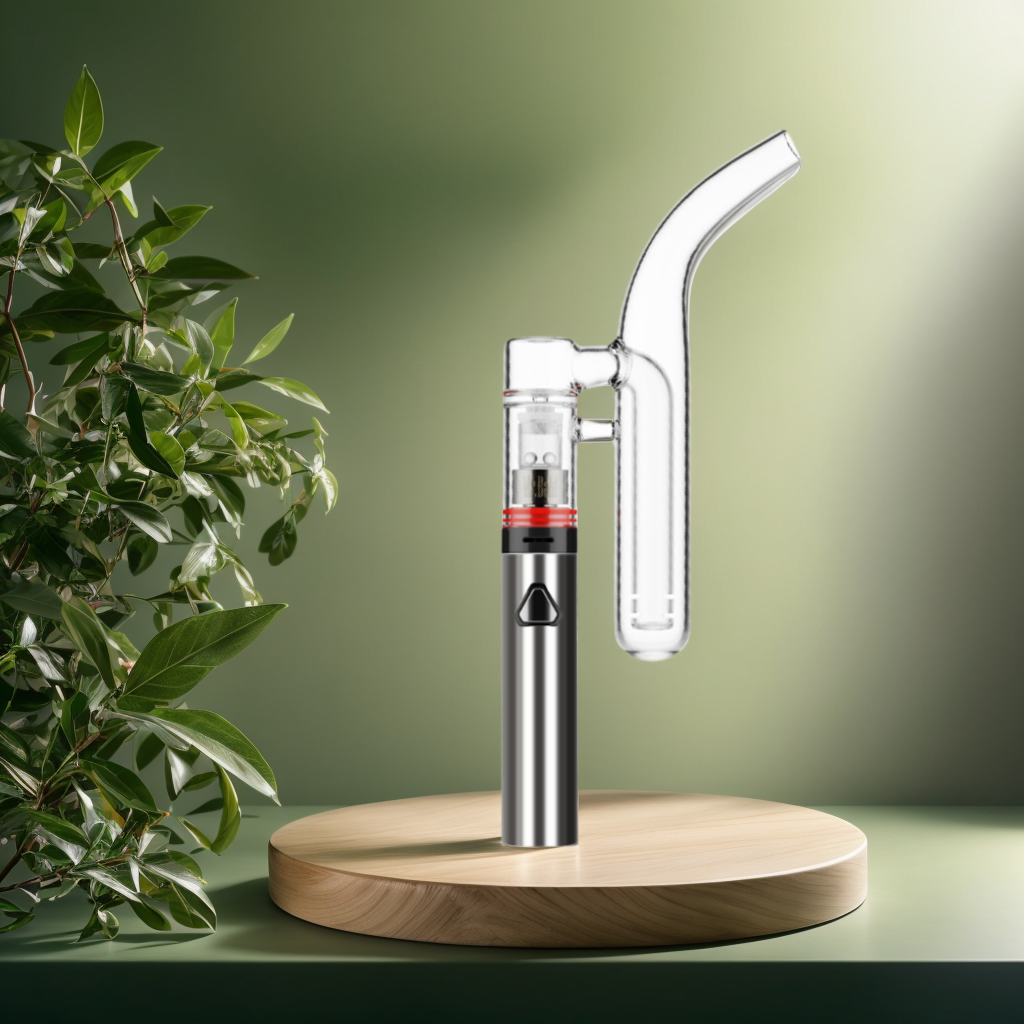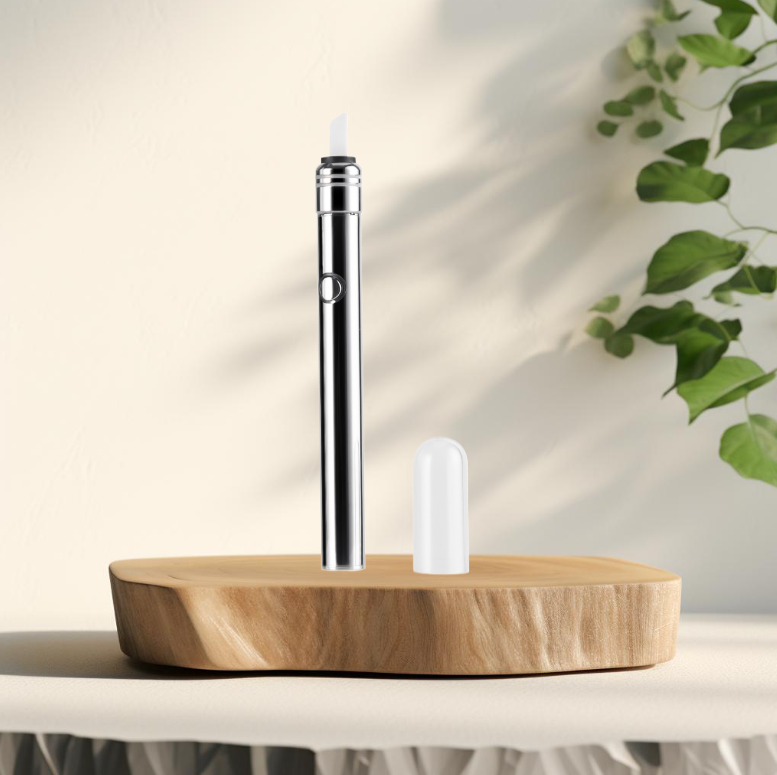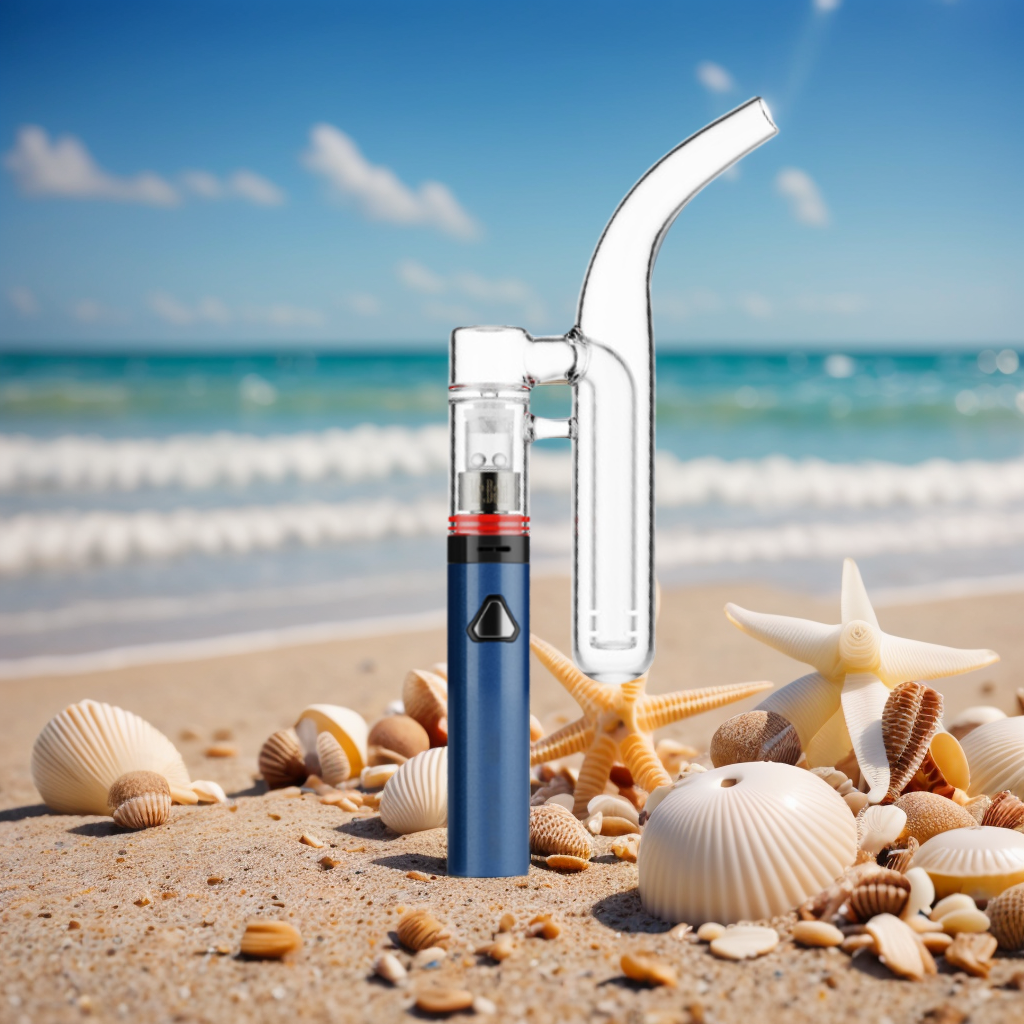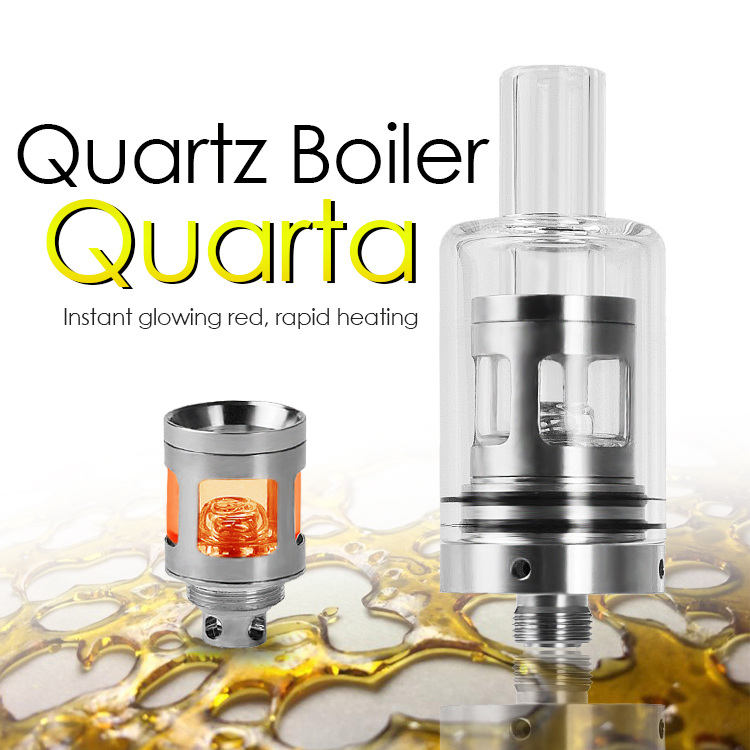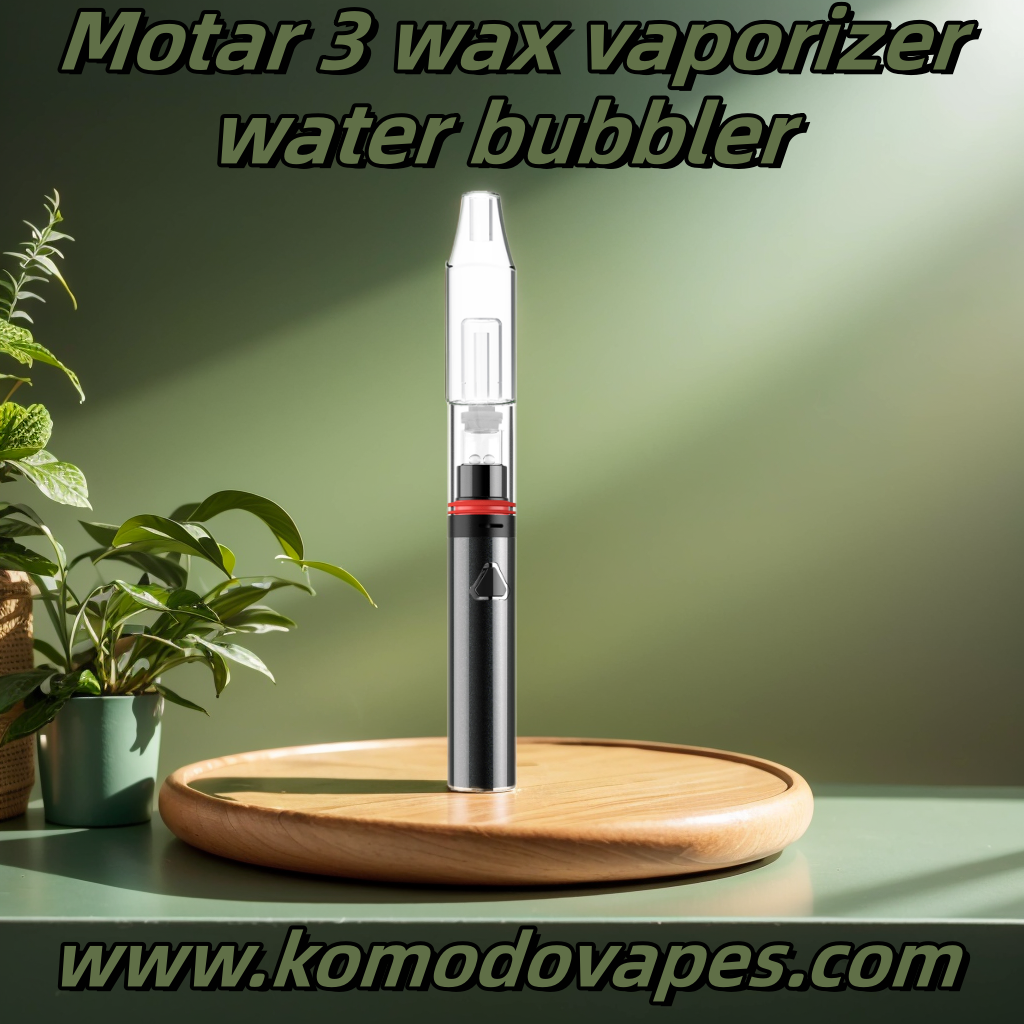Longmada Motar 1 Kit with package box for wax and herb
The Motar Wax Atomizer is a high-quality atomizer specifically designed for wax concentrates. Here’s some information about its features and specifications:
1.0.4ohm Quartz Coilless Atomizer Tank: The Motar Wax Atomizer features a 0.4ohm quartz coilless atomizer tank. This design ensures a pure taste and prevents the wax from burning, resulting in a smooth and flavorful vaping experience. The long glass mouthpiece enhances the overall enjoyment.
2.Pure Taste and Leak-Proof: With its advanced design, the Motar Wax Atomizer delivers pure taste without any burnt or off flavors. Additionally, it is designed to be leak-proof, preventing any mess or wastage of your precious wax concentrates.
3.Big Smoke: The Motar Wax Atomizer is capable of producing large clouds of vapor, allowing you to enjoy big smoke sessions and impressive vapor production.
4.510 Thread: The atomizer is equipped with a standard 510 thread, making it compatible with a wide range of batteries and devices. This ensures versatility and easy integration with your existing vaping setup.
5.Replaceable Quartz Chamber, Easy Cleaning: The Motar Wax Atomizer features a replaceable quartz chamber, which makes cleaning and maintenance a breeze. Simply remove the chamber, clean it thoroughly, and replace it with a new one for optimal performance.
6.Recommended Wattage: For the best vaping experience, it is recommended to use the Motar Wax Atomizer at a wattage range of 30-45W. This range provides the ideal balance between vapor production and flavor intensity.
7.Compatible Battery: The Motar Wax Atomizer is designed to be used with a compatible battery with a capacity of 1300mAh. The battery should have side charging capability and be capable of firing atomizers within the range of 0.1-3ohm and 1-100W.
With its impressive features and specifications, the Motar Wax Atomizer offers a premium vaping experience for wax concentrate enthusiasts. Enjoy the pure taste, big smoke, and easy maintenance provided by this high-quality atomizer.

